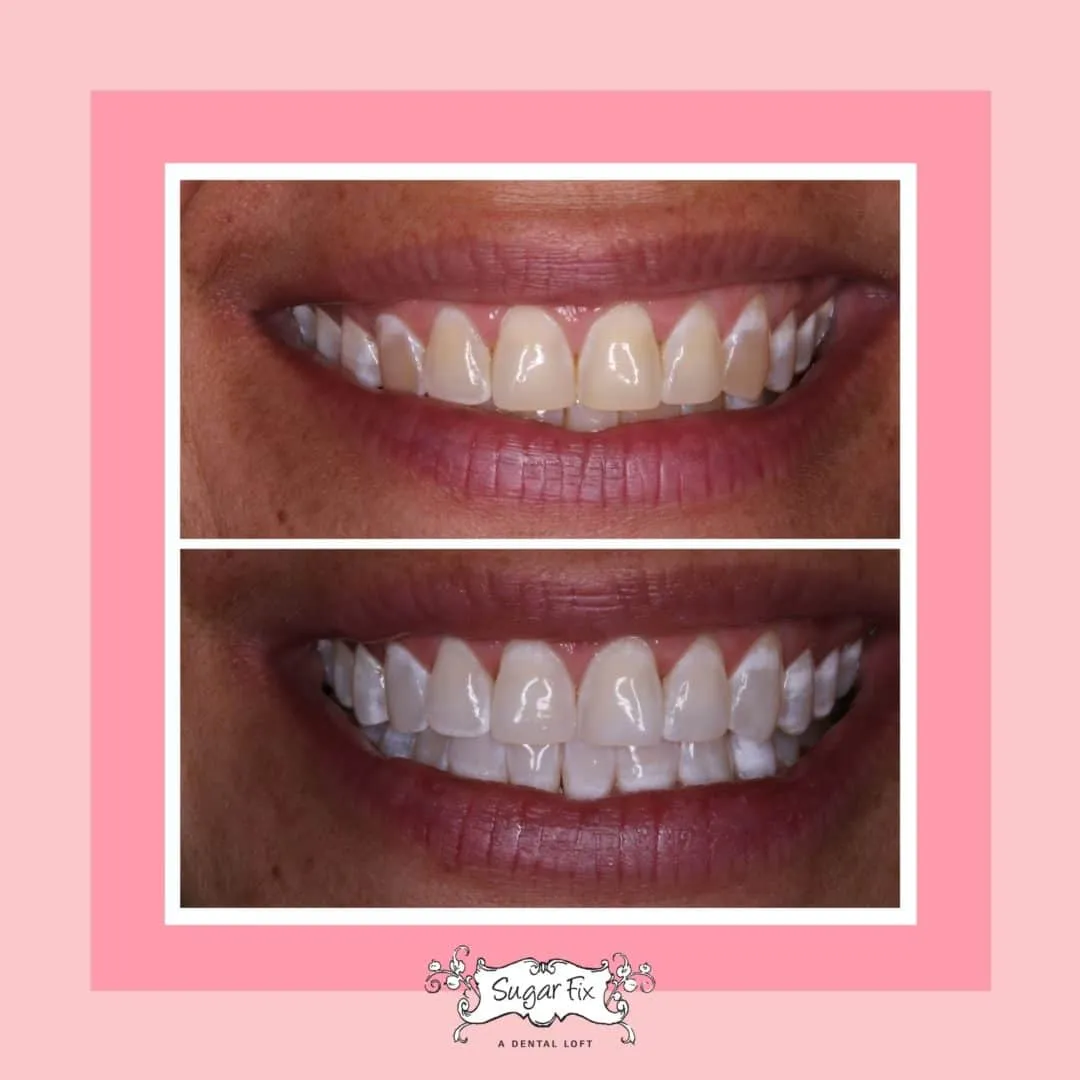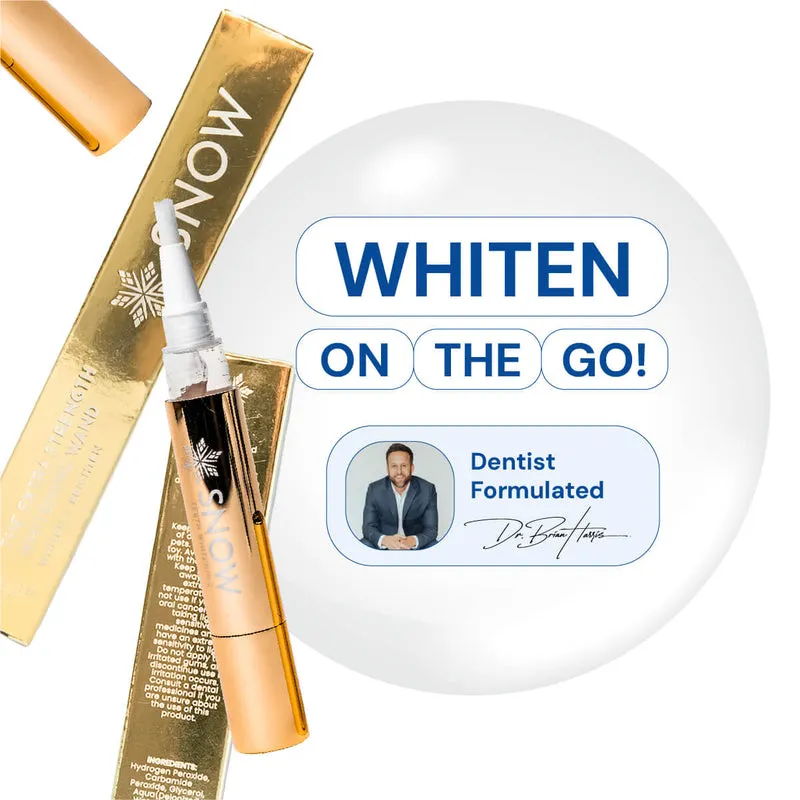Why Teeth Whitening Matters for a Radiant Smile
A radiant smile is often the first thing people notice, and it can significantly impact your overall appearance and self-esteem. Teeth whitening has become increasingly popular as a cosmetic procedure designed to enhance the brightness and aesthetic appeal of your teeth. Beyond the purely cosmetic benefits, a whiter smile can have profound psychological effects, boosting your confidence and making you feel more approachable. This guide explores the various aspects of teeth whitening, from the causes of tooth discoloration to the effective methods for achieving and maintaining a brighter, more confident smile. Understanding the importance of a bright smile is the first step towards achieving your goals.
The Impact of Stained Teeth on Your Confidence
Tooth discoloration can lead to feelings of self-consciousness and embarrassment. When individuals are unhappy with the appearance of their teeth, they may be less likely to smile openly, which can negatively impact their social interactions and professional opportunities. Research suggests that a bright smile can make you appear more youthful, friendly, and successful. Therefore, addressing tooth stains can be a powerful step towards improving self-esteem and overall well-being. The psychological impact of stained teeth should not be underestimated.
The Role of a Bright Smile in Social Interactions

A bright, white smile is often associated with health, happiness, and success. It can make you appear more approachable and trustworthy, which is crucial in both personal and professional settings. Smiling is a universal signal of friendliness, and having a beautiful smile can help you build stronger relationships and make a positive first impression. In social situations, a confident smile can create a more positive and enjoyable experience for everyone involved. The impact of a brighter smile is clearly shown on a social level.
Understanding the Causes of Tooth Discoloration
Tooth discoloration can occur due to a variety of factors, ranging from lifestyle choices to natural aging processes. External stains are often caused by the consumption of staining foods and beverages, such as coffee, tea, red wine, and berries. Internal stains can result from factors like trauma, certain medications, and genetic predispositions. Understanding the root causes of discoloration is essential for selecting the most appropriate whitening method and achieving optimal results. Some stains are easier to treat than others, so understanding their origins is important.
Factors That Contribute to Stained Teeth
Several factors can contribute to the staining of teeth. These include the regular consumption of dark-colored beverages (like coffee, tea, and cola), smoking or using tobacco products, and the natural aging process, which thins enamel and exposes the underlying dentin. Certain medications, such as tetracycline, can also cause tooth discoloration. In addition, poor oral hygiene, including infrequent brushing and flossing, can exacerbate staining by allowing plaque and bacteria to build up. Knowing the factors that lead to staining will help you prevent the problem.
The Impact of Diet and Lifestyle on Teeth

Diet and lifestyle choices play a significant role in the appearance of your teeth. Frequent consumption of highly pigmented foods and drinks can lead to staining over time. Similarly, smoking and other tobacco products can cause significant discoloration and negatively affect overall oral health. Maintaining a balanced diet and practicing good oral hygiene habits are vital for preventing staining and preserving the natural brightness of your teeth. Regular dental check-ups and cleanings are also recommended to keep your teeth healthy and bright. Good lifestyle choices equal a good-looking smile.
Effective Teeth Whitening Tips for a Brighter Smile
Various teeth whitening methods are available, ranging from professional treatments administered by dentists to over-the-counter products and home remedies. The best approach depends on the severity of the discoloration, the underlying causes, and your personal preferences. Professional options often yield the most dramatic results, while over-the-counter products provide a more accessible and affordable solution. Home remedies, such as baking soda and hydrogen peroxide, can offer milder whitening effects. Always consult a dentist before starting any whitening treatment to ensure it is safe and appropriate for your specific needs. Many options are available to whiten your teeth.
Professional Teeth Whitening Options and Their Benefits
Professional teeth whitening, performed by a dentist, typically involves the use of stronger whitening agents and specialized techniques to achieve significant results. These treatments can effectively address stubborn stains and discoloration that may not respond to over-the-counter products. The benefits of professional whitening include faster results, more consistent outcomes, and the added safety of being performed under the supervision of a dental professional. Professional whitening offers several advantages, including the use of stronger whitening agents and expert oversight. These treatments are more effective and last longer.
In-Office Whitening Procedures Explained

In-office teeth whitening procedures typically involve the application of a high-concentration hydrogen peroxide gel to the teeth. A special light or laser may be used to accelerate the whitening process. The entire procedure usually takes about an hour and can result in several shades of improvement in a single session. Before the procedure, your dentist will protect your gums and soft tissues to minimize any sensitivity. The results are instant, and the patient can leave the office with a brighter, whiter smile. In-office whitening is one of the quickest routes to a brighter smile.
Customized Whitening Trays for Home Use
Customized whitening trays are another professional option. Your dentist will take impressions of your teeth to create custom-fitted trays. You’ll be provided with a professional-strength whitening gel to use at home, wearing the trays for a specified amount of time each day or night. This method offers a more gradual but effective whitening process, often leading to noticeable results within a few weeks. Customized trays offer convenience and are often more comfortable than generic options. Customized trays are an efficient way to whiten your teeth at home.
Over-the-Counter Teeth Whitening Solutions
Over-the-counter teeth whitening products offer a convenient and accessible way to brighten your smile at home. These products include whitening toothpastes, strips, and gels, each with varying levels of effectiveness and ease of use. It’s important to follow the instructions carefully and be aware of potential side effects, such as tooth sensitivity. While over-the-counter products may not offer the same dramatic results as professional treatments, they can be a cost-effective option for maintaining a brighter smile. Selecting the right product for your needs is important.
Whitening Toothpastes and Their Effectiveness

Whitening toothpastes contain mild abrasives and chemical agents that help remove surface stains from teeth. They can improve the brightness of your teeth over time but generally do not significantly alter the underlying tooth color. Whitening toothpastes are a good option for maintaining a bright smile and can be integrated into your daily oral hygiene routine. However, they are less effective at removing deep stains. The effectiveness of a whitening toothpaste depends on the abrasives and ingredients it contains.
Whitening Strips and Their Application
Whitening strips are thin, flexible strips coated with a peroxide-based whitening agent. They are applied directly to the teeth and typically worn for a specified amount of time each day. Whitening strips are relatively easy to use and can provide visible results within a few weeks. They are an effective way to lighten your teeth at home, though they may not reach every surface. Properly applying whitening strips is key to achieving optimal results. Read the instructions carefully to avoid any issues.
Natural Teeth Whitening Methods You Can Try
Some people prefer natural methods for teeth whitening, which often involve using ingredients found in your kitchen. While these methods may not offer the same level of whitening as professional treatments or over-the-counter products, they can still help to remove surface stains and improve the overall appearance of your teeth. It’s important to note that the effectiveness of natural remedies varies, and some methods may pose risks to your enamel if used improperly. Consulting your dentist before trying any new methods is always a good idea. Natural whitening methods can have mild effects.
The Power of Baking Soda and Hydrogen Peroxide

Baking soda and hydrogen peroxide are commonly used as home remedies for teeth whitening. Baking soda acts as a mild abrasive that can help remove surface stains, while hydrogen peroxide has bleaching properties. Some people mix baking soda and hydrogen peroxide into a paste and brush their teeth with it. The effectiveness of this method varies, and overuse can potentially damage tooth enamel. Using a small amount of baking soda and hydrogen peroxide is enough. Please consider consulting a dentist before using this method.
The Role of Oil Pulling in Teeth Whitening
Oil pulling, typically done with coconut oil, involves swishing the oil in your mouth for a period of time. Proponents of oil pulling claim it can help remove bacteria and toxins from the mouth, potentially leading to whiter teeth. The scientific evidence supporting the teeth-whitening benefits of oil pulling is limited, but it is generally considered safe. While oil pulling may not dramatically whiten your teeth, it can contribute to better oral hygiene. Oil pulling is a safe method that can improve your oral health.
Maintaining Your Results and Preventing Future Staining
Once you have achieved a brighter smile, it is important to take steps to maintain your results and prevent future staining. This involves a combination of good oral hygiene practices, dietary adjustments, and regular dental check-ups. Avoiding staining foods and drinks, such as coffee, tea, and red wine, and quitting smoking can significantly reduce the risk of discoloration. Maintaining a good oral hygiene routine is also key to preventing future stains. The benefits of maintenance will save you a lot of time and money.
Dietary Recommendations for a Whiter Smile

Your diet plays a crucial role in maintaining a bright smile. Limiting your intake of staining foods and beverages is essential. This includes coffee, tea, red wine, and dark-colored berries. Increasing your consumption of water can help rinse away food particles and prevent stains. Crunchy fruits and vegetables, like apples and celery, can also help clean your teeth naturally. Make dietary changes to avoid staining.
Best Practices for Oral Hygiene
Maintaining excellent oral hygiene is critical for preventing staining and maintaining a bright, healthy smile. Brush your teeth at least twice a day with a fluoride toothpaste. Floss daily to remove plaque and food particles from between your teeth. Consider using an antibacterial mouthwash to further reduce bacteria. Regular dental check-ups and professional cleanings are also essential for removing plaque and tartar buildup, which can contribute to staining. These practices will help you keep your teeth looking their best. Good hygiene leads to great results.
When to See a Dentist for Teeth Whitening
It is important to consult with a dentist before beginning any teeth whitening treatment. A dentist can assess your oral health, determine the cause of your discoloration, and recommend the most appropriate whitening method for your individual needs. They can also identify any underlying issues that may need to be addressed before whitening. Regular dental check-ups and cleanings are essential for maintaining a healthy and bright smile. You should visit the dentist before starting treatment.
